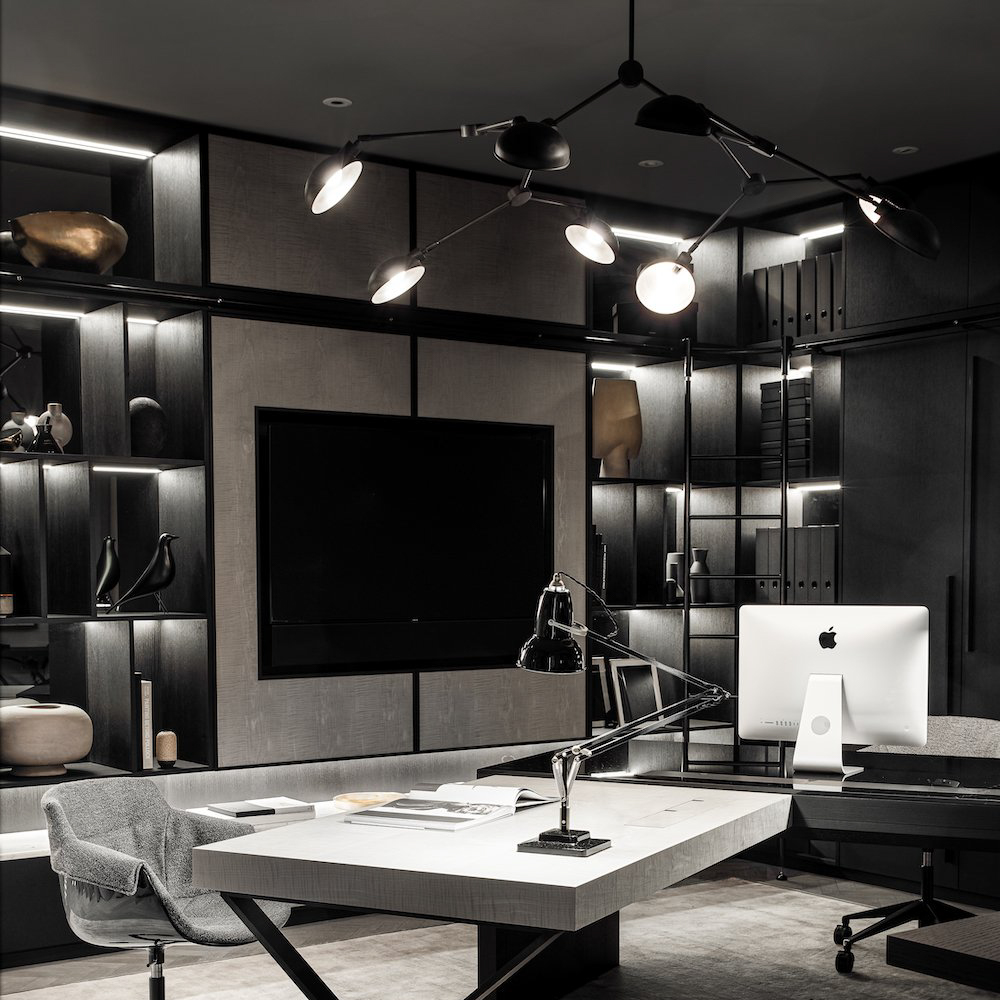The Life and Work of James Turrell
James Turrell is an American artist who is renowned for his works in light and space. He was born in 1943 in Los Angeles, where he later attended the University of California, Irvine, and received a Bachelor of Arts in perceptual psychology in 1965.
Turrell’s early works were influenced by the teachings of modernist painters Mark Rothko and Barnett Newman, who explored color and spirituality in their works. Turrell became known for his exploration of perceptual phenomena, which he achieved through his use of light and space.
Turrell’s works are characterized by their simplicity and precision, as he uses light and color to create distinct spaces that alter the viewer’s perceptions of their surroundings.
Light Installations
Turrell’s light installations are some of his most well-known works. These installations use light and color to create immersive experiences that engage the viewer’s senses and perceptions. Turrell’s light installations often use natural light, which he manipulates to create different effects within the space.
The Roden Crater Project
One of Turrell’s most ambitious projects is the Roden Crater Project, which he has been working on since the 1970s. The project involves the transformation of a volcanic crater in Arizona into a massive observatory for the study of light and perception.
Turrell has used his skills in light and space to design a series of chambers and tunnels within the crater that use natural light to create unique perceptual experiences. The project is still ongoing, and Turrell hopes to complete it in the coming years.
Sky Spaces
Turrell’s Sky Spaces are installations that use natural light to create an immersive experience for viewers. These installations have been installed in various locations around the world, and they often involve a simple opening in a ceiling that allows light to enter the space.
The Sky Spaces are designed to create a connection between the viewer and the sky, and to explore the ways in which natural light can affect our perceptions of the world around us. Turrell has described his Sky Spaces as “observatories for seeing oneself seeing.”


